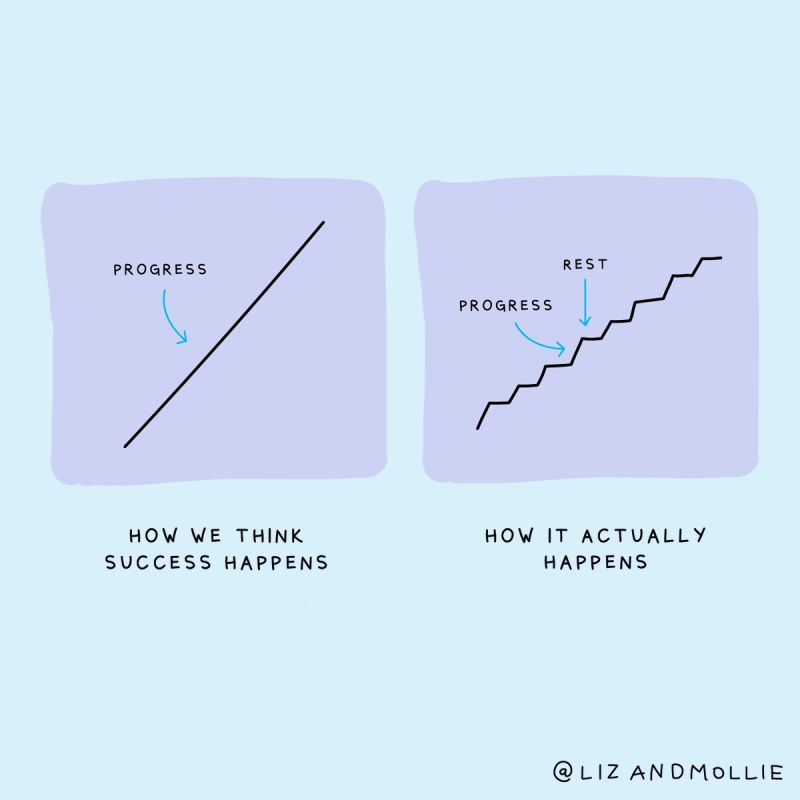As I dive into conversations and glean insights from our coaching and consulting clients, I’m hearing some common themes: a relentless workload, the weight of the world on their shoulders, and a simmering frustration with dysfunctional systems.
Sound familiar?

The case for slow productivity
One of my favorite “productivity gurus,” Cal Newport, in a recent New Yorker article, makes the case for slow productivity as an antidote to American hustle culture. Before you dismiss the idea, consider that we humans excel at crafting long-term strategic plans for achieving our goals. However, our ability to execute those plans often falters when we’re faced with an inbox stuffed to the gills and a never-ending task list.
When there’s too much to do and not enough time, Newport argues that we short-circuit our executive functioning mechanisms, resulting in a feeling of anxious unease. He also highlights something I’ve observed repeatedly: most professional commitments require coordination with others.
This is a particularly loud and persistent drumbeat in the nonprofit sector, with terms like collective impact, cross-sector partnership, multi-sector collaboration, coalitions, strategic alliances, movements, networks, and more. Juggling too many “group” projects simultaneously can overwhelm your schedule to the point where you end up spending more time discussing work than actually accomplishing it.
Ouch!
The solution: “chunk it down”
Put a different way: break a goal or strategy into smaller, manageable pieces.
This idea isn’t new, but it offers leaders a strategic approach not only to get things done and reduce stress but also to help entire organizations redesign the way they work for increased productivity.
Here’s an example that frequently arises with the fundraisers I work with: it’s time to renew donors, secure sponsors, or write a slew of grant applications. It’s easy to procrastinate while waiting for the perfect four-hour block to tackle the task.
However, that perfect four-hour block may never come. And those donors will never receive your communication if you keep waiting for the perfect time to call them or until your already full schedule allows it. What if, instead, you broke the task into smaller chunks of time—scheduling two 2-hour chunks or even four 1-hour chunks? Feel more manageable?
Now what? Taking action
So, what’s the smallest chunk you can tackle today? One phone call? One email? Start with that and watch the momentum build.
As you become more comfortable with chunking work and time into smaller bits, you may find yourself more interested in exploring the tools and ideas Newport suggests to help slow productivity to a manageable and (ultimately) more effective pace. And don’t forget to take a step back and consider all that you’ve already accomplished—we humans have an incredible ability to sell ourselves short.
Here’s to little actions that yield big goals in 2024, friends!
